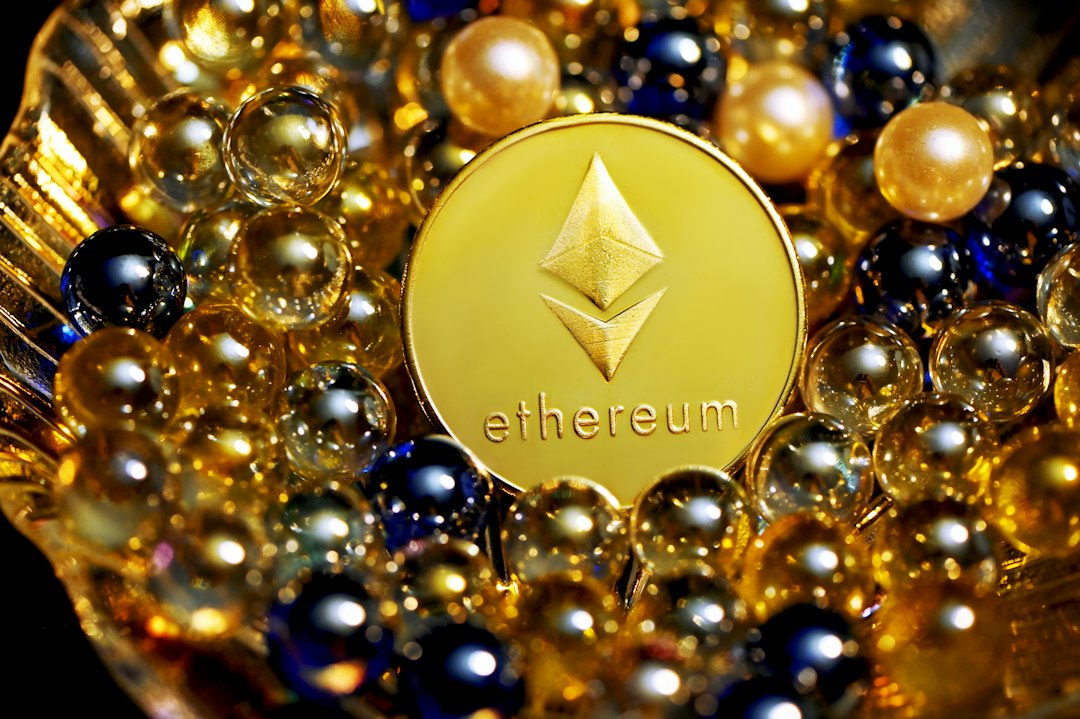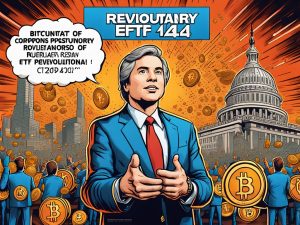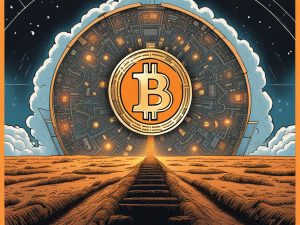Ethereum’s Layer-2 Scaling Solution Surpasses Mainnet in Monthly Transactions
Ethereum’s network was outperformed by zkSync, a layer-2 scaling solution, in terms of monthly transactions for the first time. According to L2beat data, zkSync processed 34.7 million transactions within a month, surpassing Ethereum’s 34.2 million transactions in the same period. Arbitrum’s network came in third with 31.4 million monthly transactions.
The Rise of zkSync and Inscriptions
zkSync’s achievement marks the first instance of an L2 network surpassing Ethereum’s mainnet in monthly transactions. This can be attributed to the increasing popularity of inscriptions from the Bitcoin network, driven by developments from Casey Rodarmor and Domo, a pseudonymous blockchain builder.
The Impact of Inscriptions and Ordinals
Rodarmor introduced the Ordinals protocol, which allowed users to embed files in call data on Bitcoin. Domo further expanded on this idea with the BRC-20 token standard, enabling token issuance and NFTs on Bitcoin’s network. Since their introduction in the first half of 2023, inscriptions and ordinals have spread to other blockchains, causing occasional network outages and sequencer issues.
The Need for Decentralization
Ender Lu, CTO of Morph L2 and a former Binance Chain core developer, emphasized the importance of decentralized blockchain sequencers to prevent future network downtime. Lu expressed concerns about centralization leading to censorship within Ethereum’s community and the wider blockchain ecosystem.
“If the block builders become more centralized, there’s a risk of complete censorship. It is very important to decentralize the block builder by developing distributed validator technology.”
Ender Lu, CTO of Morph L2
Hot Take: zkSync’s Milestone Highlights the Potential of Layer-2 Scaling Solutions
zkSync’s surpassing of Ethereum’s mainnet in monthly transactions demonstrates the growing viability and potential of layer-2 scaling solutions. As blockchain technology evolves, it becomes crucial to address issues of centralization and censorship to ensure a decentralized and inclusive ecosystem for all participants.





 By
By
 By
By
 By
By
 By
By
 By
By